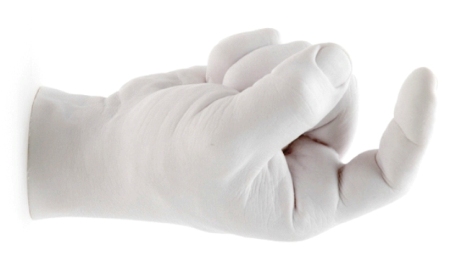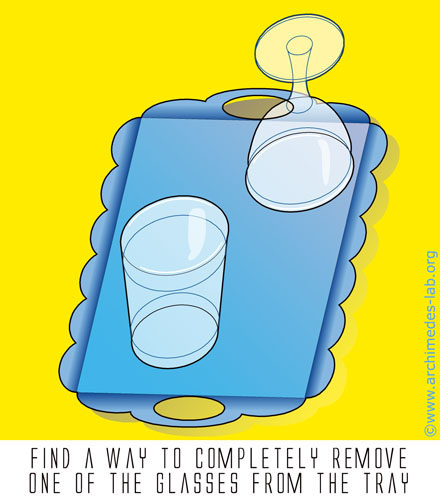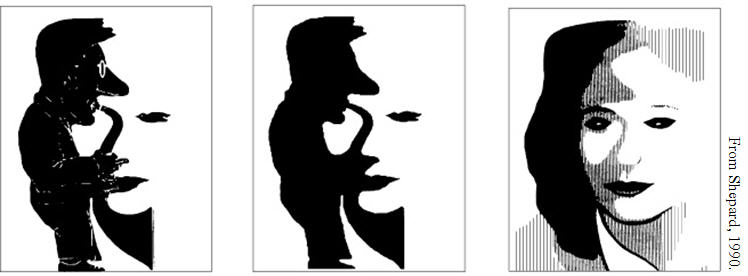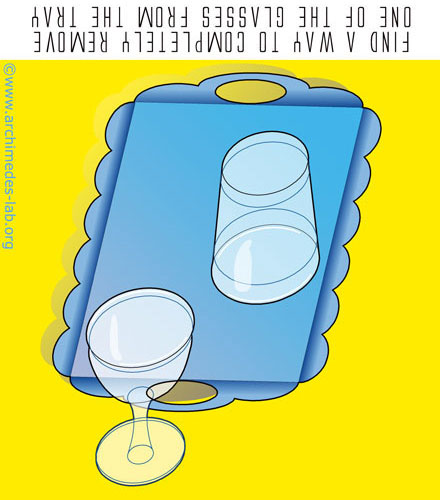Influences on Perception
There are many influences on what we actually perceive when exposed to "stimuli." Consider this excerpt from the Perception entry on Wikipedia:
The question, "Is the glass half empty or half full?" serves to demonstrate the way an object can be perceived in different ways.
Just as one object can give rise to multiple percepts, so an object may fail to give rise to any percept at all: if the percept has no grounding in a person's experience, the person may literally not perceive it.
The processes of perception routinely alter what humans see. When people view something with a preconceived concept about it, they tend to take those concepts and see them whether or not they are there. This problem stems from the fact that humans are unable to understand new information, without the inherent bias of their previous knowledge. A person's knowledge creates his or her reality as much as the truth, because the human mind can only contemplate that to which it has been exposed. When objects are viewed without understanding, the mind will try to reach for something that it already recognizes, in order to process what it is viewing. That which most closely relates to the unfamiliar from our past experiences, makes up what we see when we look at things that we don't comprehend.
Clearly our culture plays a part here, as does our past history and experience with others.
Come Here 
In today's society, the "crooked finger" is seen as a somewhat impolite hand gesture. The hand is extended and the forefinger is then repeatedly curled towards the palm in a hooking motion. Almost exclusively a superior-to-subordinate (parent-to-child) hand gesture, it has arrogance about it. You may have used it on people more junior to yourself but just try it on your superior and then watch their shocked facial expression.
In Asian countries this is considered rude. In Singapore it signals death.
Thumbs Up

In America and European countries, this is considered a
sign of something good.
Another important aspect of perception is the point of view of the observer. As an example, in the illustration below, it appears that both glasses are on the tray. Click the button to see a different view of the same illustration.

Taking a Different Perspective
Retelling common fairy tales from the perspective of a different character can be a useful exercise in perspective taking. CREducation.org offers an online version of the wolf's point of view in "Little Red Riding Hood". You can access it here.
A mental predisposition to perceive one thing and not
another is what is known as a perceptual set. As an example, what you see in the center picture below is influenced by flanking pictures.

You can use the image above while working with a group. First separate them into two smaller groups. Have one group focus their attention to the image on the left and discuss what they see with their group members for a minute or two. Have the second group focus their attention to the image on the far right.
After the smaller groups are done discussing their image, have the full large group discuss what they see while focusing their attention solely on the middle image.
What is a learning "take-away" from this activity?
(Click for more)
Licensed under the Creative Commons Attribution-NonCommercial-ShareAlike 2.5 License
Brought to you by CReducation.org
